Hemp is used to make a variety of commercial and industrial products, including rope, textiles, food, paper, bioplastics, insulation, biofuel, and even building material. Over 25,000 different products can be made from hemp, making it one of the most useful crops in the world.

Materials company BioFluff uses hemp to create what it claims to be the “world’s first plant-based fur.” The team combines it with nettle and flax fibres, half of which can be sourced from agricultural waste streams.
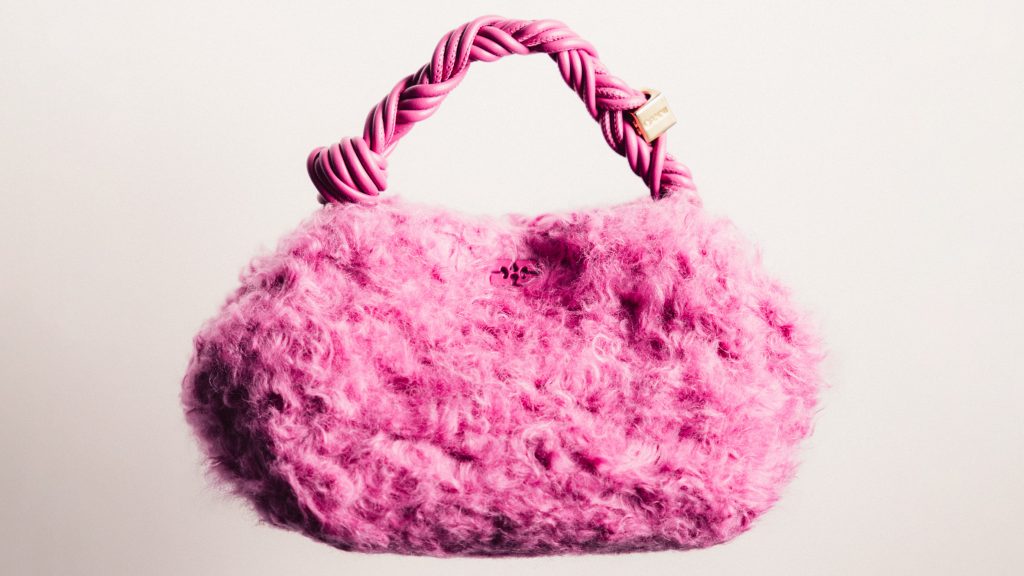 Bou bag by Ganni and BioFluff
Bou bag by Ganni and BioFluff
Unlike existing faux furs, this fur-like textile contains zero plastics or petrochemicals, according to the manufacturer. It sources the fibres in Europe and creates the fur in Italy using a patented process, which is a combination of existing textile technologies and science.
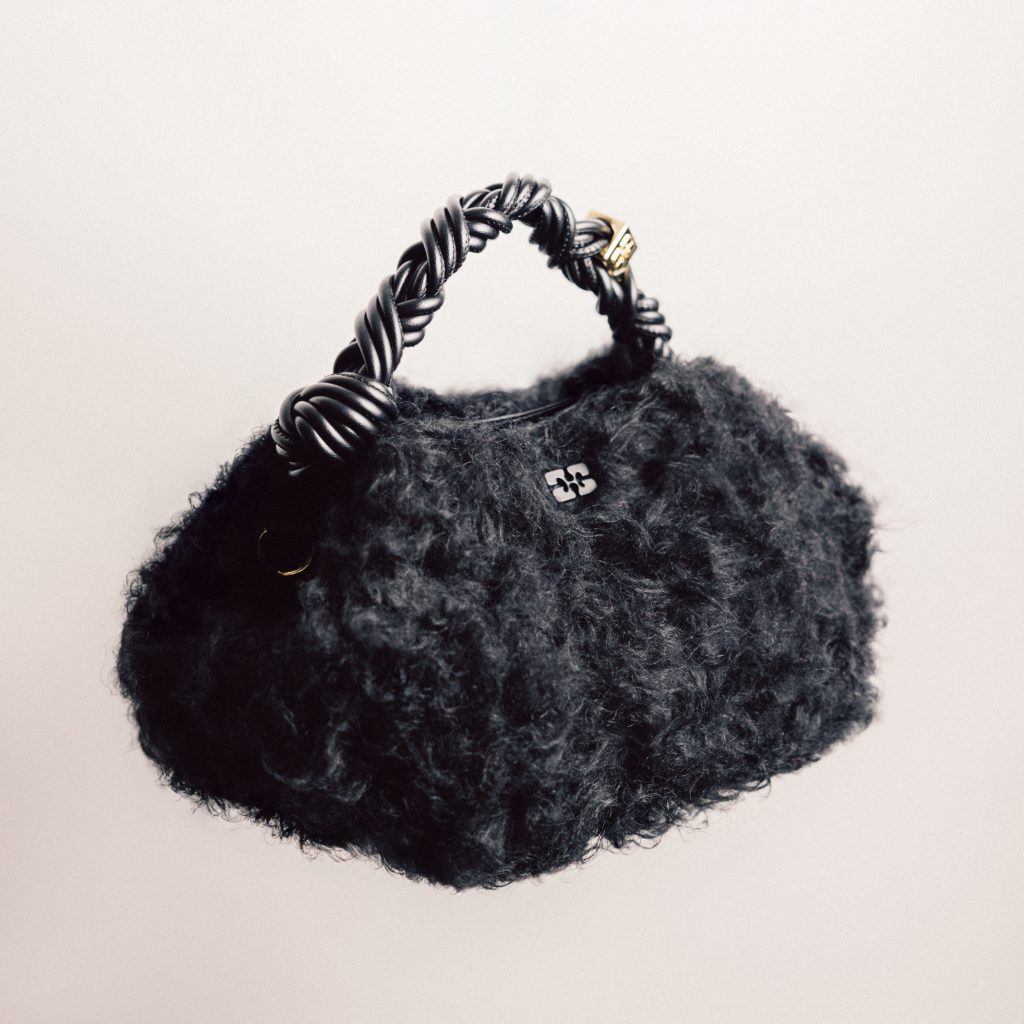
Bou bag by Ganni and BioFluff
The fur “hairs” are genuine fibres extracted from plants using special enzymes that are also plant-derived. The company claims that the material produces 50 per cent fewer emissions than its plastic counterparts and up to 90 per cent fewer emissions than real animal fur by eliminating the need to raise and feed livestock and the extensive processing required for pelts. Besides, the fake fur made of nettle, hemp and flax is biodegradable taking just several weeks to break down in an industrial composting facility.
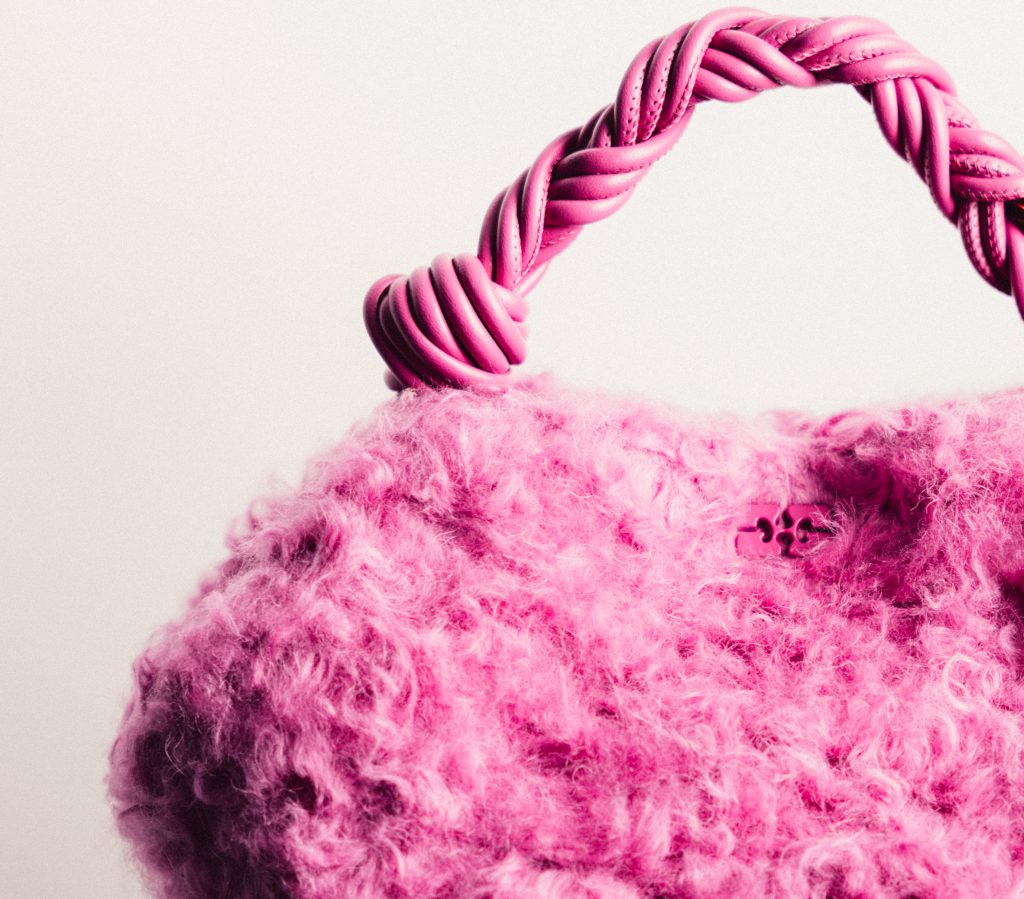
Bou bag by Ganni and BioFluff
The BioFluff fur was used by Danish fashion brand Ganni to create a variation of it classic Bou bag. For the project, the originally brown fibres were dyed using mineral pigments to achieve pink and black hues. The bags were finished with a braided handle made of recycled leather.
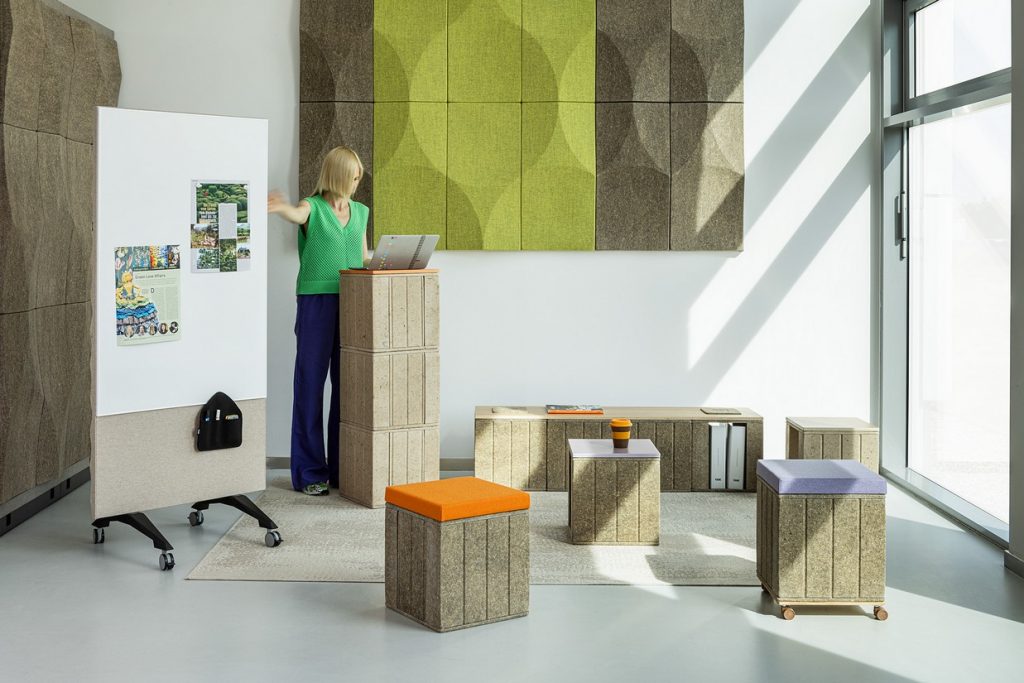
Vank Cube by Vank
Polish brand Vank’s creative director Anna Vonhausen has used innovative biomaterial made from flax and hemp fibres to manufacture Vank Cube, a modular furniture system of cube units that makes it possible to set up a truly green workspace in any environment and adapt it to the changing needs of its users. The system is intended for interiors where adaptability is key, such as offices, event venues, cafes and schools.
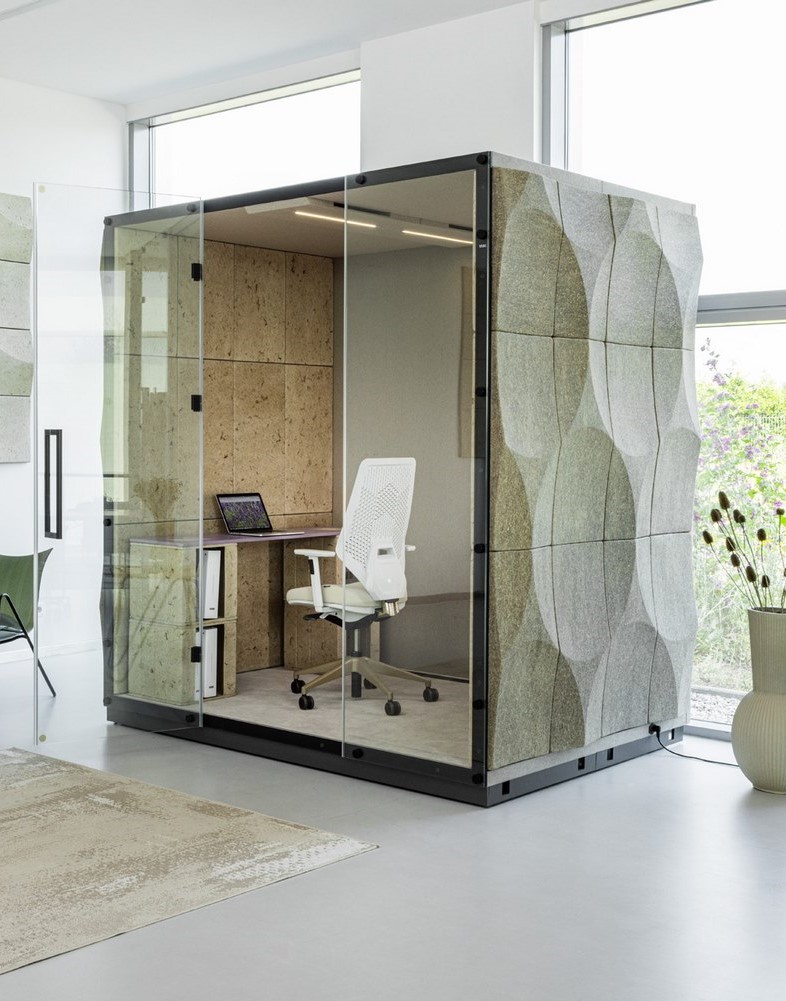

Vank Cube by Vank
Each of the building blocks uses plant-based raw materials as its core components, which minimizes the use of synthetics and contributes to the combat against climate change.

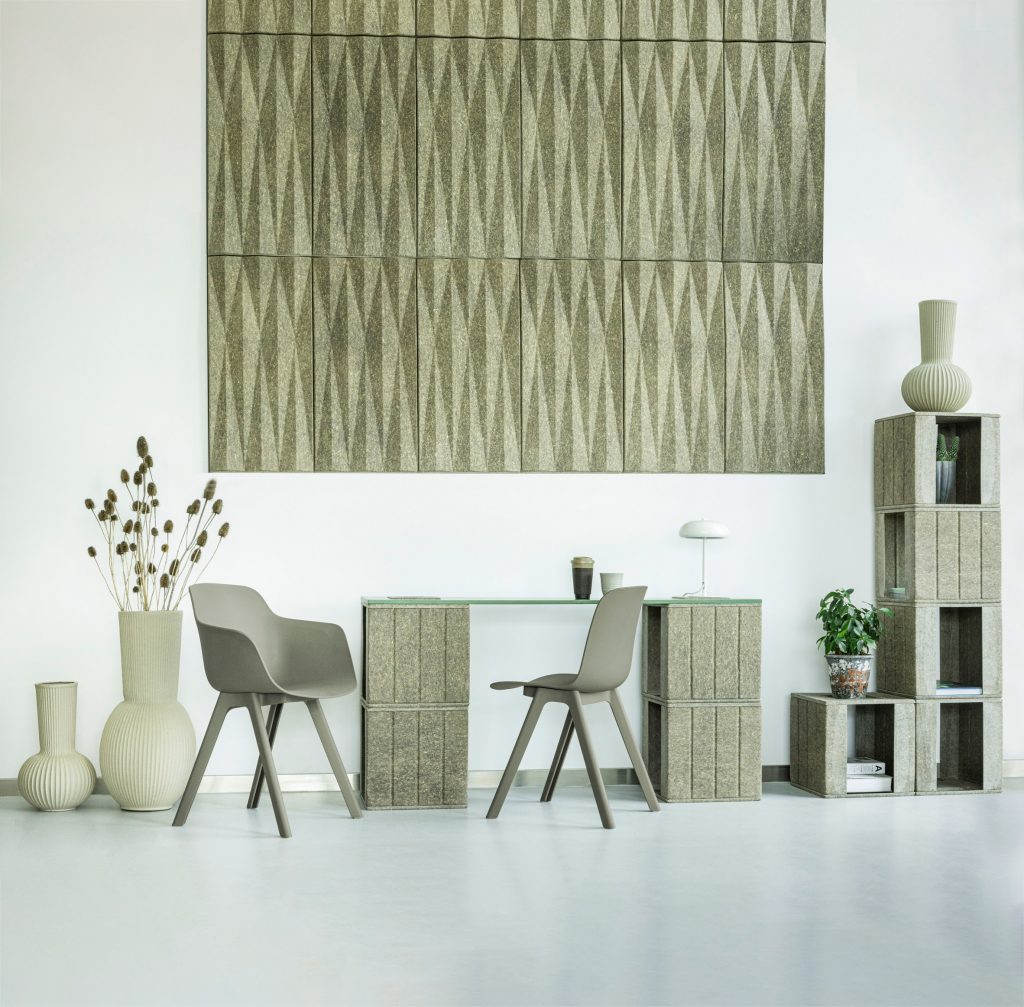
Vank Cube by Vank
The collection includes a desk for individual work, a double desk, a high desk for standing work, a high table for meetings, a front office desk, and a lectern to give presentations. The user can create new forms and turn existing furniture into original, imaginative arrangements as a seating, storage or space dividers.

Vank Cube by Vank
This is possible thanks to the multitude of add-on elements that complement the original building blocks, including tops, fasteners and connectors, side panels, and plates from biomaterials, to facilitate customization. Vank Cube offers a very useful storage function – it is possible to expose or cover items on the shelf by changing the orientation of the cubes.

The Voice of Urban Nature by Overtreders W (also header image)
Hempcrete, which is manufactured using hemp shives, aggregate, water, and a type of binder, is the main a construction building material utilized by Dutch studio Overtreders W to build a demountable pavilion in Almere, the Netherlands. Named The Voice of Urban Nature, it enclosed a garden beside the central square of 2022’s edition of Floriade – an international horticultural exhibition held every 10 years in the Netherlands.

The Voice of Urban Nature by Overtreders W
The 100% biobased building is composed of a combination of modules of reclaimed wood filled with lime hemp and robust constructive columns. The architects sourced the raw materials as locally as possible in the vicinity of Almere and Amsterdam: the walls are made of hemp-lime from fiber hemp grown in Almere, and the pink color of the walls was obtained from Brabant madder.The wood structure consists of regional wood from trees harvested for the maintenance of nature reserves, and second-hand wood from demolition projects in Amsterdam, Almere, and Zwolle. The black coating of the wood is made from oil flax that grew on the fields around Schiphol.
At the end of their lifespan, which the team claims is 15 years, all parts of the pavilion are biodegradable.